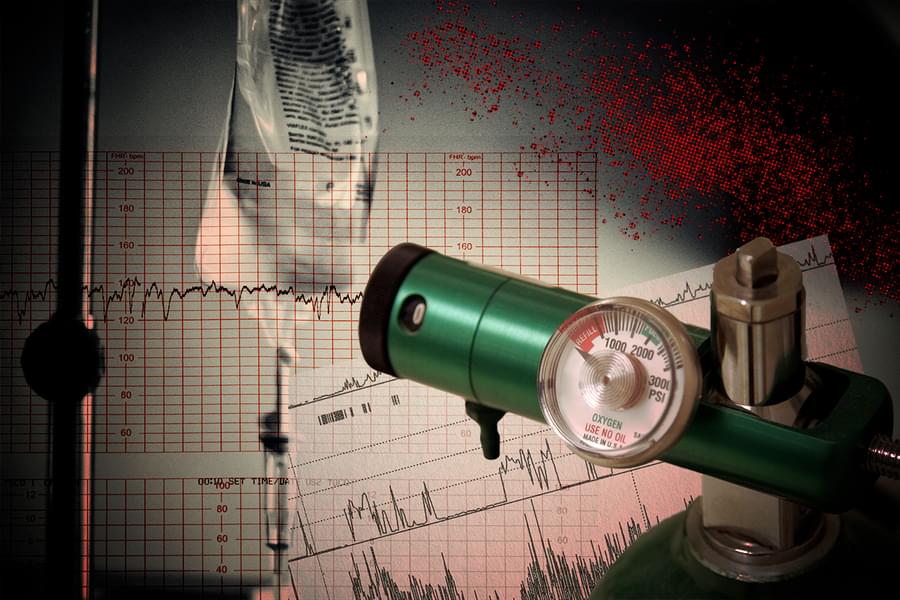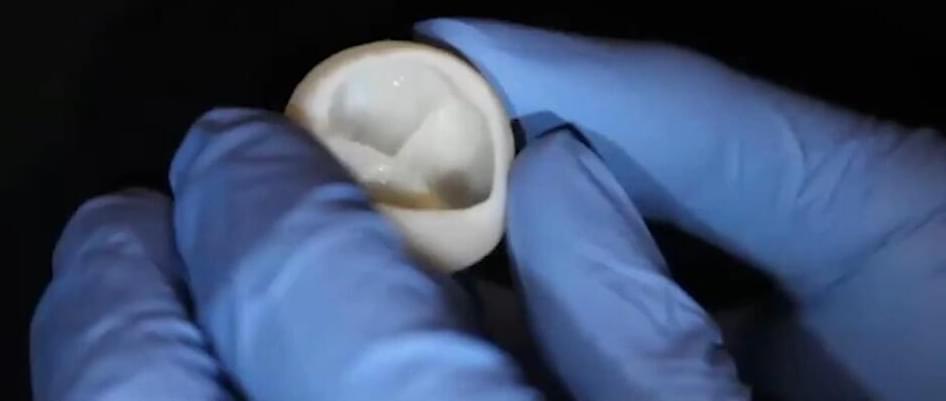The system could help physicians select the least risky treatments in urgent situations, such as treating sepsis.
Sepsis claims the lives of nearly 270,000 people in the U.S. each year. The unpredictable medical condition can progress rapidly, leading to a swift drop in blood pressure, tissue damage, multiple organ failure, and death.
Prompt interventions by medical professionals save lives, but some sepsis treatments can also contribute to a patient’s deterioration, so choosing the optimal therapy can be a difficult task. For instance, in the early hours of severe sepsis, administering too much fluid intravenously can increase a patient’s risk of death.
To help clinicians avoid remedies that may potentially contribute to a patient’s death, researchers at MIT and elsewhere have developed a machine-learning model that could be used to identify treatments that pose a higher risk than other options. Their model can also warn doctors when a septic patient is approaching a medical dead end — the point when the patient will most likely die no matter what treatment is used — so that they can intervene before it is too late.
Full Story:







